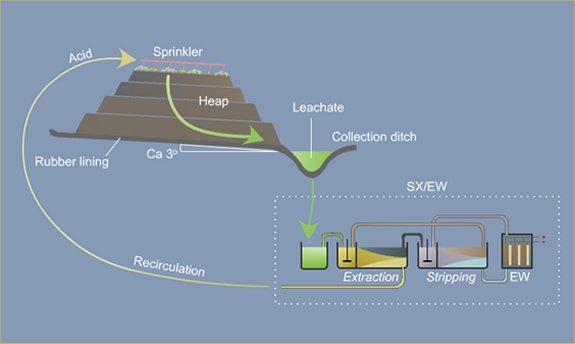During the cyanide process, what additives are added to the ball mill, what proportion?
During the carbon slurry process, the additives caustic soda or hydrated lime can be added at the stage of ore entering the ball mill; the dosage is determined based on the ore consumption and is not fixed.
Additives in Ball Mills for Cyanide Gold Processing
Generally, no additives are typically added directly to the ball mill during the cyanide process for gold extraction.
The primary purpose of the ball mill is to reduce the ore to a fine particle size to liberate the gold for subsequent cyanidation. Introducing chemicals at this stage could:
Interfere with grinding: Chemicals might affect the grinding media or the ore's grindability.
Contaminate the process: Introducing chemicals unnecessarily increases the complexity of the process and potential for contamination.
Increase costs: Additional chemicals and handling would add to the overall cost.
Key Considerations for Grinding
Water: Water is often added to the ball mill to assist in grinding and to create a slurry for subsequent processing.
Grinding media: The type and size of grinding media (steel balls, rods) will influence the grinding efficiency and particle size distribution.
Ore characteristics: The ore's hardness, mineralogy, and desired particle size will determine the grinding conditions.
Once the ore is ground to the desired particle size, it is typically transferred to the leaching stage where cyanide and other additives (as discussed in a previous response) are introduced.
- Random article
- Popular articles
- Popular comments
- Iron ore positive flotation process
- Iron Ore Combined Beneficiation Process
- Carbon leaching beneficiation process for gold mines
- Arsenic Gold Ore Wet Chemical Pretreatment Process
- Nickel Ore Mixing and Separation Flotation Process
- Lithium ore magnetic separation process
- Radioactive beneficiation and flotation process for uranium ore















Leave a message with your needs or comments
Add comment: